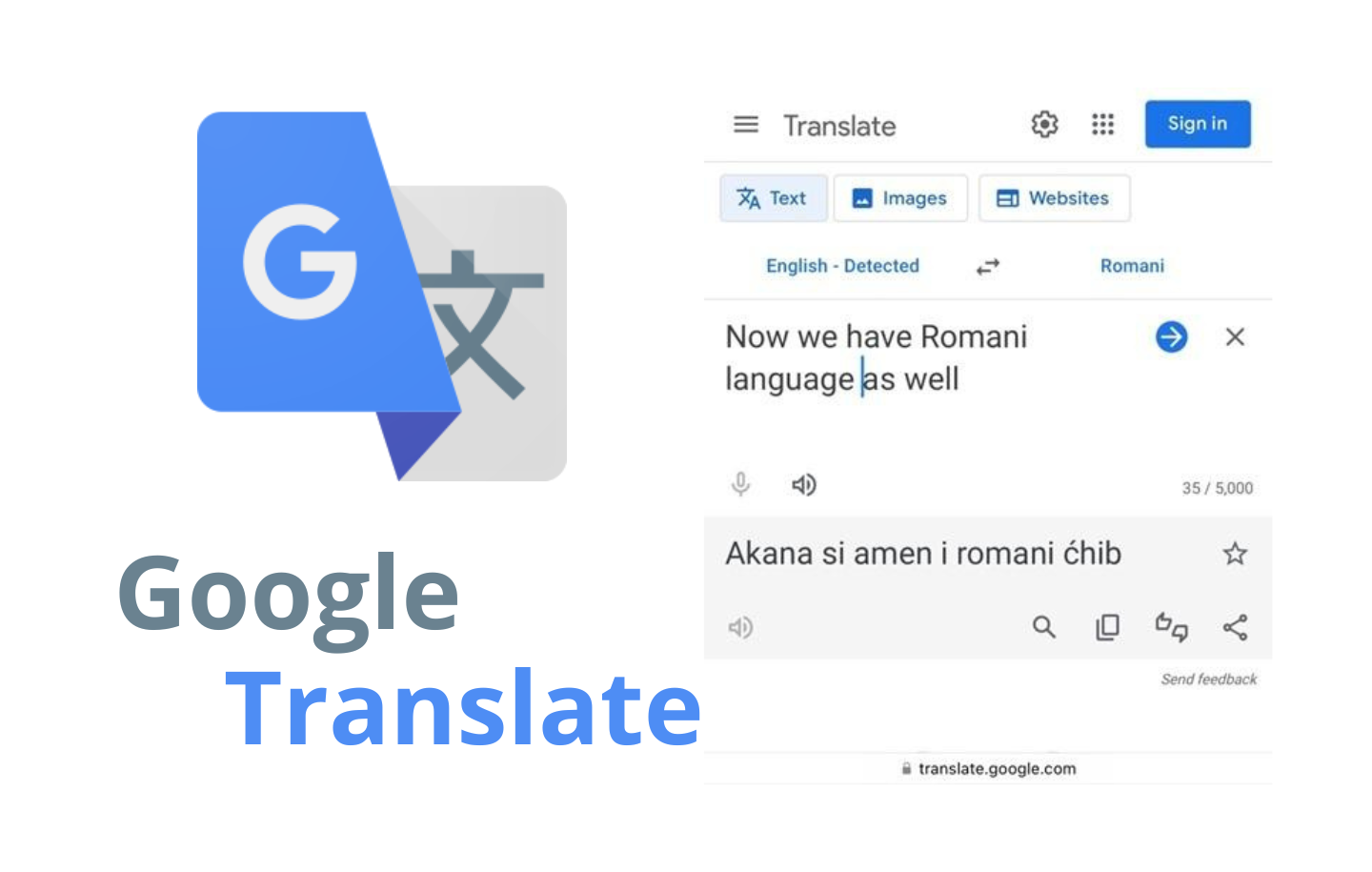
The Inclusion of the Romani Language in Google Translate
In 2024, the inclusion of the Romani language in Google Translate marked a pivotal moment in the digital representation of minority languages. This integration not only indicates technological progress but also symbolizes a broader recognition of the cultural and linguistic diversity inherent within marginalized communities. This, however, also raised concerns within the Romani community itself.
Historical and Linguistic Context
The Romani language, with its myriad dialects and rich oral traditions, has long been subjected to external influences that have hindered its standardization. Historically, the language’s complexity has contributed to challenges in developing a cohesive, universally accepted standard. The predominance of Southern Vlax Romani in digital datasets is indicative of both its prevalence in certain regions and the pragmatic choices made by developers confronted with the inherent linguistic diversity of Romani.
Implications for Language Policy and Digital Humanities
The decision to incorporate Romani into a major translation service such as Google Translate underscores a significant evolution in language policy within the realm of digital humanities. On a theoretical level, this development can be seen as a form of digital legitimization, opening avenues for increased accessibility and scholarly attention to a language that has often been relegated to the periphery of academic discourse. Furthermore, the technological inclusion initiates important discussions concerning the balance between technological convenience and the preservation of cultural specificity. Critics argue that the application of a standardized model may inadvertently obscure the nuanced differences present in various dialects, while proponents highlight the potential for community-driven enhancements to the translation algorithm over time.
Community backlash
While some welcomed the addition of the Romani language to Google Translate, others expressed their concerns. Traditionally, Romani language was kept as a secret language, providing safety to its speakers and serving as an identifier of identity and belonging. Making the language available to everyone, some argue, undermines the abovementioned efforts that kept various Romani communities safe for centuries. This, in turn, begs the question whether preserving the secrecy of Romani language is even possible in the contemporary globalized world.
Conclusions
The inclusion of the Romani language in Google Translate represents a significant technological and cultural milestone, enhancing accessibility and visibility for a historically marginalized language. While it offers opportunities for scholarly focus and potential preservation, it also raises important concerns within the Romani community about the implications of standardization and the loss of linguistic secrecy, which has historically served as a safeguard of identity and belonging. This development underscores the delicate balance between technological progress and cultural preservation, necessitating ongoing dialogue to respect and integrate community perspectives while advancing digital inclusion.